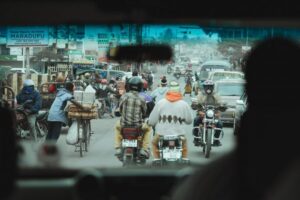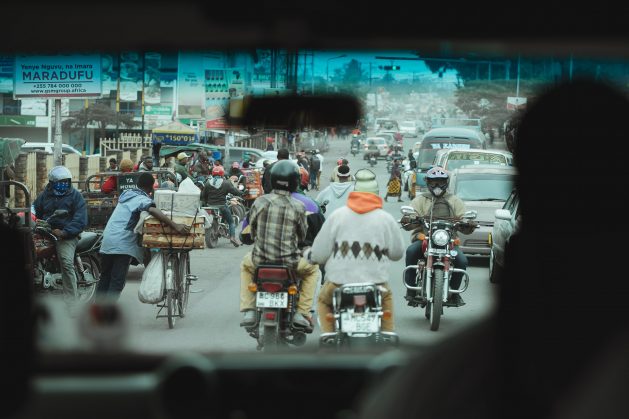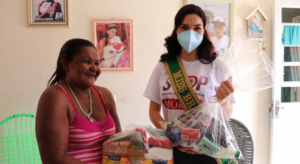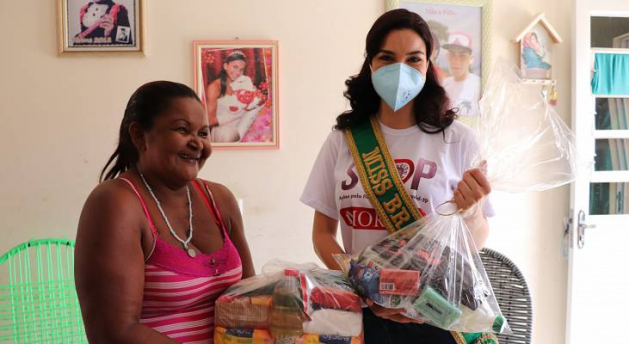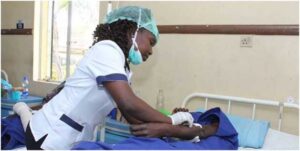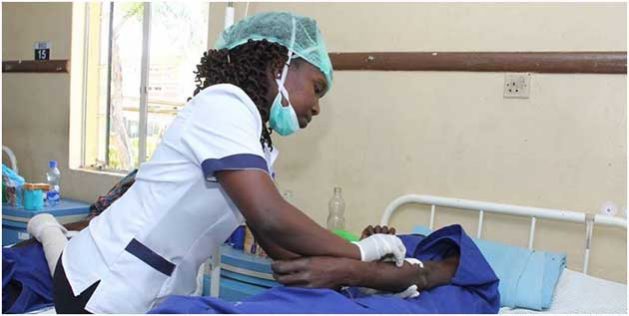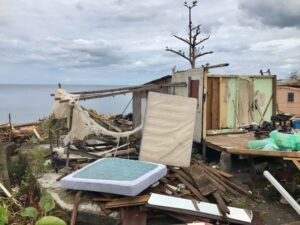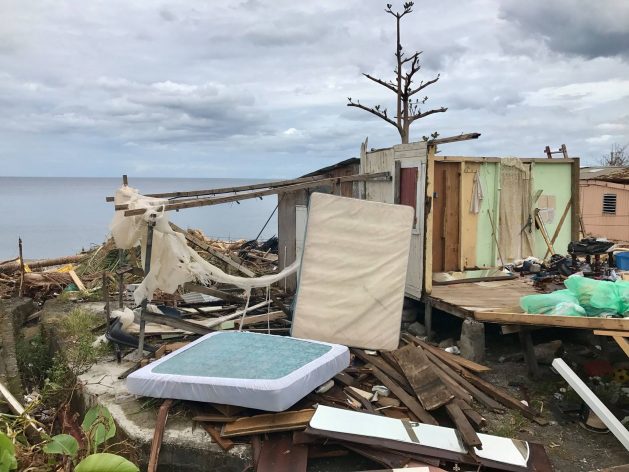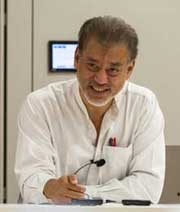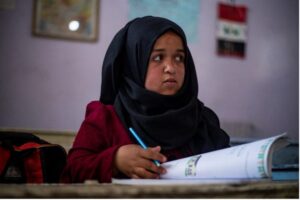
Armed Conflicts, Civil Society, Development & Aid, Education, Education Cannot Wait. Future of Education is here, Featured, Headlines, Human Rights, Humanitarian Emergencies, Inequity, Middle East & North Africa, Poverty & SDGs, TerraViva United Nations
Education Cannot Wait. Future of Education is here
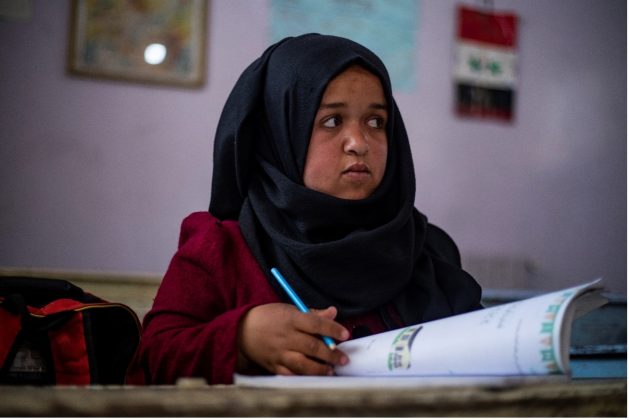
Kawthar, 13, takes notes while attending Grade 3 at a UNICEF-supported self-learning centre in Al-Hasakeh, northeast Syria. She says she always wanted to be like other children and grab her bag and go to school like other children. With Education Cannot Wait assisted schooling, this dream has become a reality. Credit: UNICEF/ Syria 2020/ Delil Souleiman
– In war-torn Syria, the support of Education Cannot Wait (ECW) – the United Nations global fund for education in emergencies and protracted crises – is bringing positive, life-changing educational opportunities tailored to children like 11-year-old Ali.
Ali, who lives in Raqqa with his two siblings and parents, has to work to help support his family. He and his brother did not attend school. Ali heard about registration for ECW-supported educational activities near the industrial area in which he works. They are part of courses being offered in three centres in the city – alongside psychosocial support for children who have experienced war for most of their lives.
Ali initially registered his siblings in the ECW-supported programme but held out himself for fear of losing his job. The centre proposed a flexible learning schedule – one that would allow the brothers to work and attend classes. Programme officials had to convince his family and employers at the industrial centre that school is essential for children’s development. Now he is part of a class of 16 children from the area who attend classes from 7:30 am to 10:00 am. After class, they go to work.
Ali’s story is one of the many stories of vulnerable children and adolescents embroiled in Syria’s protracted conflict that ECW’s investments are helping bring back to school in partnership with education partners on the ground. ECW’s multi-year response in Syria was initiated in 2017 through an initial investment which was further expanded into a Multi-Year Resilience Programme which will continue until 2023 with a cumulative budget of US$45 million.
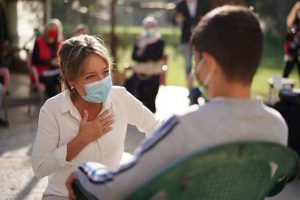
Yasmine Sherif, the Director of Education Cannot Wait, says too many children and adolescents in Syria have only seen the brutal reality of war, forced displacement, and the hardship of living in areas affected by armed conflict in their short lives. Credit: Education Cannot Wait (ECW)
“Too many children and adolescents in Syria have only seen the brutal reality of war, forced displacement, and the hardship of living in areas affected by armed conflict in their short lives. For them, education is a beacon of hope. It is an opportunity to thrive and become positive changemakers to rebuild their communities and ensure a more peaceful and prosperous future for all,” said Yasmine Sherif, the Director of Education Cannot Wait. “Working together with our partners on the ground, ECW is dedicated to fulfilling the right to a quality education for the most vulnerable girls and boys in Syria.”
“Save the Children has key actor status in the education sector in Syria and has been involved since the inception of ECW’s multi-year response, providing sector-specific technical expertise and guiding in the development of a programme framework that is responsive to the extensive education needs of children in Syria,” Sara Dabash, Awards Officer for the ECW programme in Syria, told IPS.
Children and adolescents already suffering from the impacts of a decade-long war are also bearing the brunt of the COVID-19 pandemic, particularly due to school closures and movement restrictions.
“The disruption of access to quality education for children has dramatically impacted learning and child well-being. In addition, lack of access to safe learning environments and continued isolation exposes children to higher risks of child labour, early marriage, and other negative coping mechanisms. The limited social interactions also compromise access to psychosocial support and other protection services,” Dabash said.
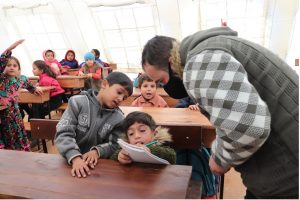
Emad, 9, who lives with a disability, shows his writing to his teacher to check if he is doing right in the class of Arabic subject in the ECW supported temporary learning space in Idleb, northwest Syria. Credit: UNICEF/ Syria 2020
According to Dabash, blended learning options have been introduced, using devices such as mobile phones for remote learning. This option has its downsides as many children have limited to no access to phones or internet connections.
Figures provided by Save the Children put almost 7 million people in need of humanitarian education assistance. Children make up 97 percent of that number. Dabash says, however, that in the “determined locations of implementation within the ECW Programme in northeast Syria, Save the Children, with the support of its partners, has identified around 15,000 children as the most vulnerable and in need of education assistance.”
Since 2017, ECW is also partnering with UNICEF to provide quality education services for the most vulnerable children in the country.
“With funding from ECW, UNICEF provides children across Syria with opportunities to continue their learning through a holistic package of activities tailored to the needs of the children. To support learning, the package of activities generally includes providing learning supplies and psychosocial support through recreational activities. Where classrooms do not exist or continue to be unsafe or overcrowded, we establish new classrooms and rehabilitate existing ones,” Karen Bryner, Education Specialist and ECW Programme Manager in Syria, told IPS.
Bryner says the partnership provides training, teaching supplies and stipend payments to teachers.
The goal is to get as many girls and boys as possible enrolled and attending school regularly. According to UNICEF, ‘children have experienced psychological distress due to violence and instability. Many have missed years of education, with over 2.4 million currently out of school.’
The COVID-19 pandemic has challenged that goal with intermittent school closures. However, Bryner says when face-to-face instruction was not an option, the ECW-supported students transitioned to electronic and paper-based distance education.
“Various modalities were used over the last year, including WhatsApp groups by teachers to deliver daily instruction where connectivity allowed; blended learning with face-to-face instruction two days a week and home-based learning (worksheets and assignments) for the other days, conducting lessons in smaller groups closer to children’s homes, and home delivery of biweekly learning packs and retrieval of students’ work by teachers,” she told IPS.
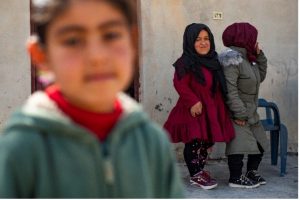
Kawthar, 13, hangs out with her cousin Juhaina outside her house in Ghwairan neighbourhood, Al-Hasakeh. Since 2019, she has benefitted from the self-learning programme, helping her catch up on the education she had missed due to displacement, her disability, and the financial challenges her family had. Credit: UNICEF/ Syria 2020/ Delil Souleiman
The story of 13-year-old Kawthar is a testament to the positive impact of ECW’s support for the most marginalised children Displaced five times and suffering from growth-related issues due to stunting, she could not walk to school, and her family could not afford transportation. Two years ago, Kawthar, originally from Al-Hasakeh City, enrolled in the ECW-supported self-learning programme implemented by UNICEF– a course that gives out-of-school children the tools to catch up to their peers. She also receives transportation to classes.
“I always wanted to be like all other children; to grab my bag and head to school; to read, write and learn,” says Kawthar. “I wish for all children to be able to go to school. And I certainly hope that nobody gets displaced anymore and that we all remain safe.”
According to UNICEF, with ECW funding, since November 2020, the self-learning programme has been able to reach 2,600 out-of-school children in Al-Hasakeh. Despite this progress, challenges remain to fulfil the right to inclusive, quality education for every child in Syria.
UNICEF states that there has been a 20 percent increase in the number of children in need of humanitarian assistance, and agencies will need scaled-up support as they continue to bring hope to Syria’s children.

